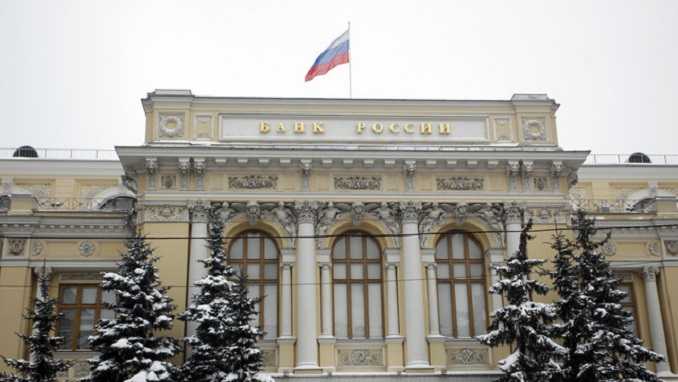Eager to show that Russians’ real disposable incomes as measured by official statistics don’t decline, President Vladimir Putin used the State Statistical Service to hide a drop in the statistical category, Russian economists say.
On Monday, the government agency reported that in January, the disposable income measure was unchanged from January 2017. To produce that result, it had to disregard a one-time payment of 5,000 rubles ($88) made to Russian retirees in January 2017 — “for comparability purposes,” it explained. Analysts panned the decision as a manipulation, but that, however, won’t stop Putin from claiming that the multi-year decline in Russians’ incomes has been halted, Bloomberg reports.
That decline is the biggest headache for Putin ahead of the elections which are all but certain to ensure him another six-year presidential term. Economic growth resumed after a two-year slump in 2017, and so did retail turnover growth, but that has been largely thanks to Russians’ increased propensity to take out consumer loans (after a 35 percent slump in 2015). In nominal terms, consumer credit was back at the 2014 level last year.
Inflation only reached 2.5 percent last year, leading Putin and his government to take credit for conquering the once rampant price growth. The unusually low level of inflation has allowed the Central Bank to drive its key interest rate down to 7.5 percent, making credit more affordable. But real disposable incomes decreased by 1.7 percent, though the economy ministry predicted growth of 0.2 percent. There’s no reason for Russian companies to increase salaries: their combined net profit was down 4 percent year-on-year in January through November 2017.
In an economy increasingly controlled by the government – the recently announced acquisition of No. 2 retailer Magnit by state-owned VTB bank is just the latest example of the longstanding trend – state spending is the most reliable way of increasing disposable incomes. But Russia ran a 1.7 percent budget deficit in 2017 and is expected to run a 1.3 percent deficit this year, according to the Bloomberg consensus forecast: higher oil prices haven’t completely erased the government’s revenue shortfall. There’s no room for big handouts in the foreseeable future without a major increase in debt.
Still, such an increase is just what’s being proposed by Putin’s economic aide Andrey Belousov, long a proponent of active monetary stimulus, as well as generally more conservative Deputy Prime Minister Igor Shuvalov and Economy Minister Maxim Oreshkin.
According to the unconfirmed report, they’d like to see Russia’s debt-to-gross-domestic-product ratio rise to 16 percent from the current 12.5 percent during Putin’s next term. The idea is to stimulate growth through a borrowing spree that would raise 15 trillion rubles ($265 billion) for infrastructure investment, including highway and railroad construction.












